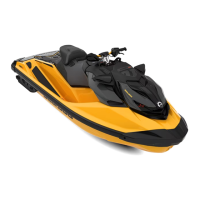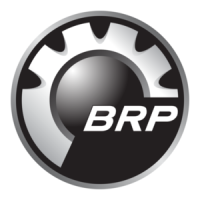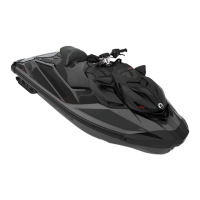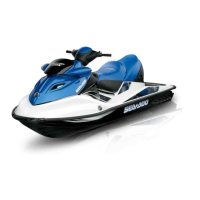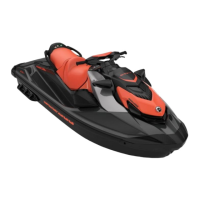Why is my BRP Sea-Doo RXP engine overheating?
- MMary SmithAug 2, 2025
Your BRP Boat engine might be overheating due to several reasons: a low coolant level (refill and check for leaks, repairing or replacing defective parts), air in the cooling system (refill and bleed the system), a defective thermostat (replace the thermostat housing), water pump failure (inspect and replace defective components), a defective water temperature sensor (check or replace), damaged ride plate or hoses (check or replace damaged components), a clogged exhaust system (flush the exhaust system), or a blocked internal passage in the cooling system (inspect and clean).
